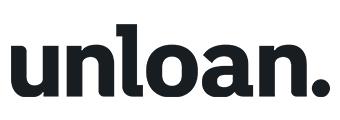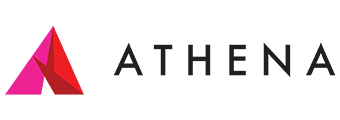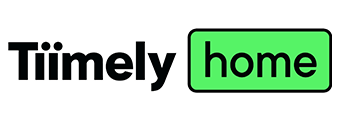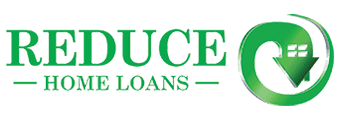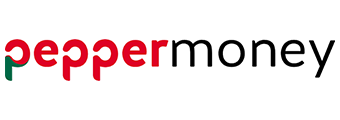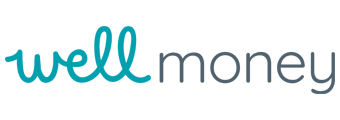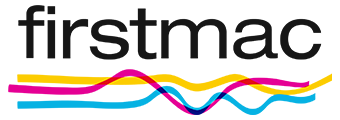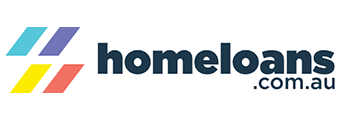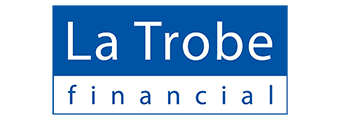Fact Checked
| Lender | Home Loan | Interest Rate | Comparison Rate* | Monthly Repayment | Repayment type | Rate Type | Offset | Redraw | Ongoing Fees | Upfront Fees | Max LVR | Lump Sum Repayment | Extra Repayments | Split Loan Option | Tags | Features | Link | Compare | Promoted Product | Disclosure |
|---|---|---|---|---|---|---|---|---|---|---|---|---|---|---|---|---|---|---|---|---|
5.49% p.a. | 5.40% p.a. | $2,836 | Principal & Interest | Variable | $0 | $0 | 80% |
| Promoted | Disclosure | ||||||||||
5.54% p.a. | 5.58% p.a. | $2,852 | Principal & Interest | Variable | $0 | $530 | 90% |
| Promoted | Disclosure | ||||||||||
5.74% p.a. | 5.74% p.a. | $2,915 | Principal & Interest | Variable | $0 | $0 | 50% | |||||||||||||
5.54% p.a. | 5.55% p.a. | $2,852 | Principal & Interest | Variable | $0 | $0 | 90% | |||||||||||||
5.54% p.a. | 5.59% p.a. | $2,852 | Principal & Interest | Variable | $null | $null | 80% | |||||||||||||
6.14% p.a. | 6.32% p.a. | $3,043 | Principal & Interest | Variable | $15 | $1,325 | 55% | |||||||||||||
6.16% p.a. | 6.19% p.a. | $3,049 | Principal & Interest | Variable | $0 | $635 | 60% | |||||||||||||
5.88% p.a. | 5.93% p.a. | $2,959 | Principal & Interest | Variable | $0 | $721 | 80% | |||||||||||||
5.89% p.a. | 5.89% p.a. | $2,962 | Principal & Interest | Variable | $0 | $0 | 60% | |||||||||||||
6.49% p.a. | 6.75% p.a. | $3,157 | Principal & Interest | Variable | $0 | $995 | 70% | |||||||||||||
5.34% p.a. | 5.67% p.a. | $2,789 | Principal & Interest | Fixed | $0 | $530 | 90% |
| Promoted | Disclosure |
Important Information and Comparison Rate Warning
Important Information and Comparison Rate Warning
Explore more home loan types
Investment Home Loans
Refinancing Home Loans
Compare Investment Home Loans
Refinancing Home Loans
Fixed-Rate Home Loans
Variable-Rate Home Loans
Interest-Only Home Loans
Construction Loans
Green Home Loans
Offset Home Loans
Big 4 Home Loan Rates
Customer-Owned Bank Home Loans
Low Doc Home Loans
5% Deposit Home Loans
90% LVR Home Loans (10% Deposit)

